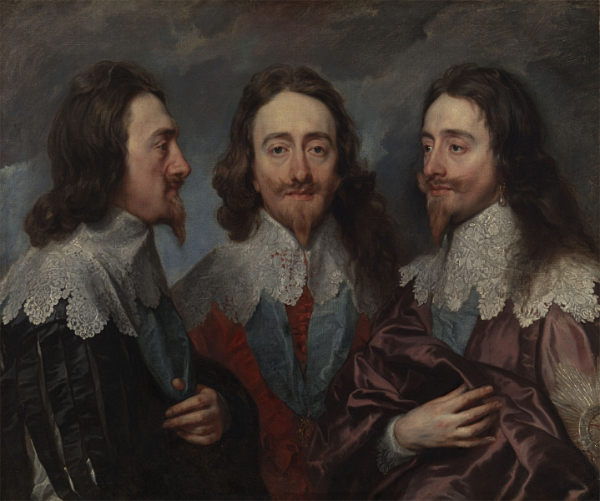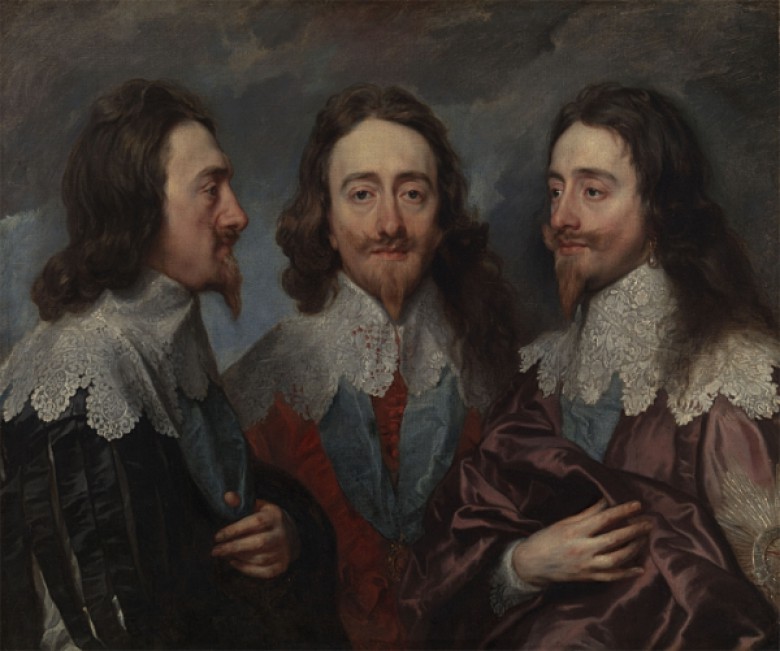20th March 2019
Today in 1648, Charles I attempted to escape his prison at Carisbrooke Castle on the Isle of Wight.
In the final stages of the first English Civil war, Charles had suffered a series of defeats by the Parliamentarians culminating in the Siege of Oxford in April 1646 from which Charles escaped disguised as a servant. Running out of options, he was forced to seek shelter with the Scots – who in January 1647 turned the king over to Parliament in exchange for money.
Charles and Parliament entered negotiations for a peace settlement but these would ultimately be fruitless, and Charles began to fear an assassination attempt. He was moved from house to house, eventually being transferred to Hampton Court Palace – from which he made his first attempt at escape in November 1647. Charles successfully got away from his jailers, but felt there was nowhere in England he would be safe. Unable to get a ship to join his Queen in France, he decided to go to the Isle of Wight as he was convinced the governor Colonel Hammond would be sympathetic to his cause.
Unfortunately for Charles, this was not the case – Hammond had Charles confined to Carisbrooke Castle and sent word to Parliament. Charles found himself in an even worse position. After a former Royalist officer attempted to raise the people of the island to storm the castle and free Charles, small freedoms and luxuries he had enjoyed even while under guard at Hampton Court Palace were now denied him, and he was watched closer than ever.
It’s unsurprising his thoughts turned to escape again, but his attempt today in 1648 was unsuccessful. His plan was to climb out of his bedroom window – while there were bars on the window, Charles believed he would be able to squeeze between them. But he was mistaken, and got stuck between two bars and struggled to free himself. The escape attempt was abandoned. Charles continued to try and negotiate, taking advantage of the divisions in the Parliamentary side and also making a secret alliance with the Scots, actions that emboldened the Royalists and led to the second English Civil war which began in May 1648.
It is during this time that my upcoming novel – Tidelands – is set, when the effects of six years of civil war are felt throughout the country, even as far as the remote marshlands of the south, where our heroine Alinor lives.

Image: Charles I (1600-49), by Anthony Van Dyck, 1635-before June 1636, RCIN 404420, Royal Collection Trust / © Her Majesty Queen Elizabeth II 2019
